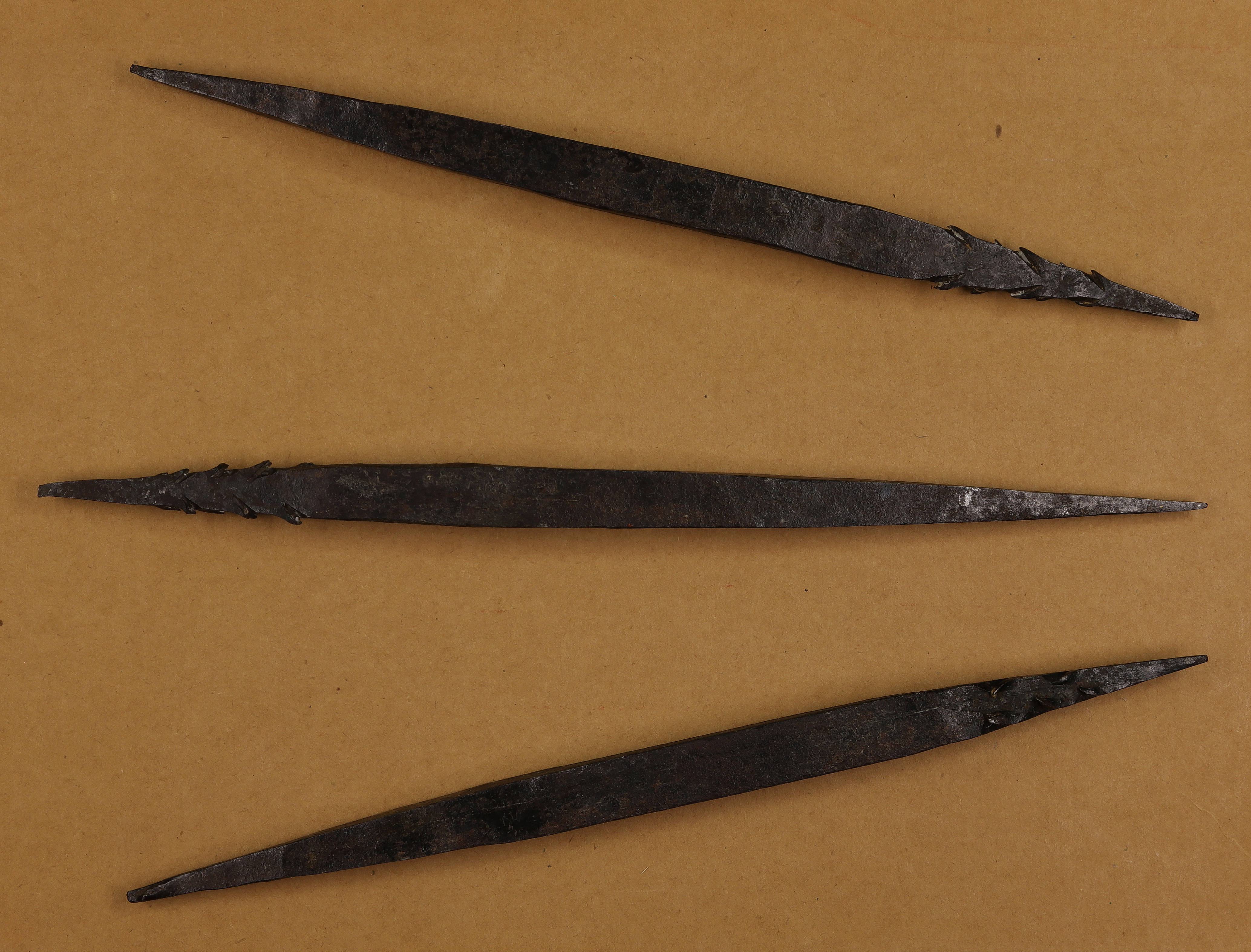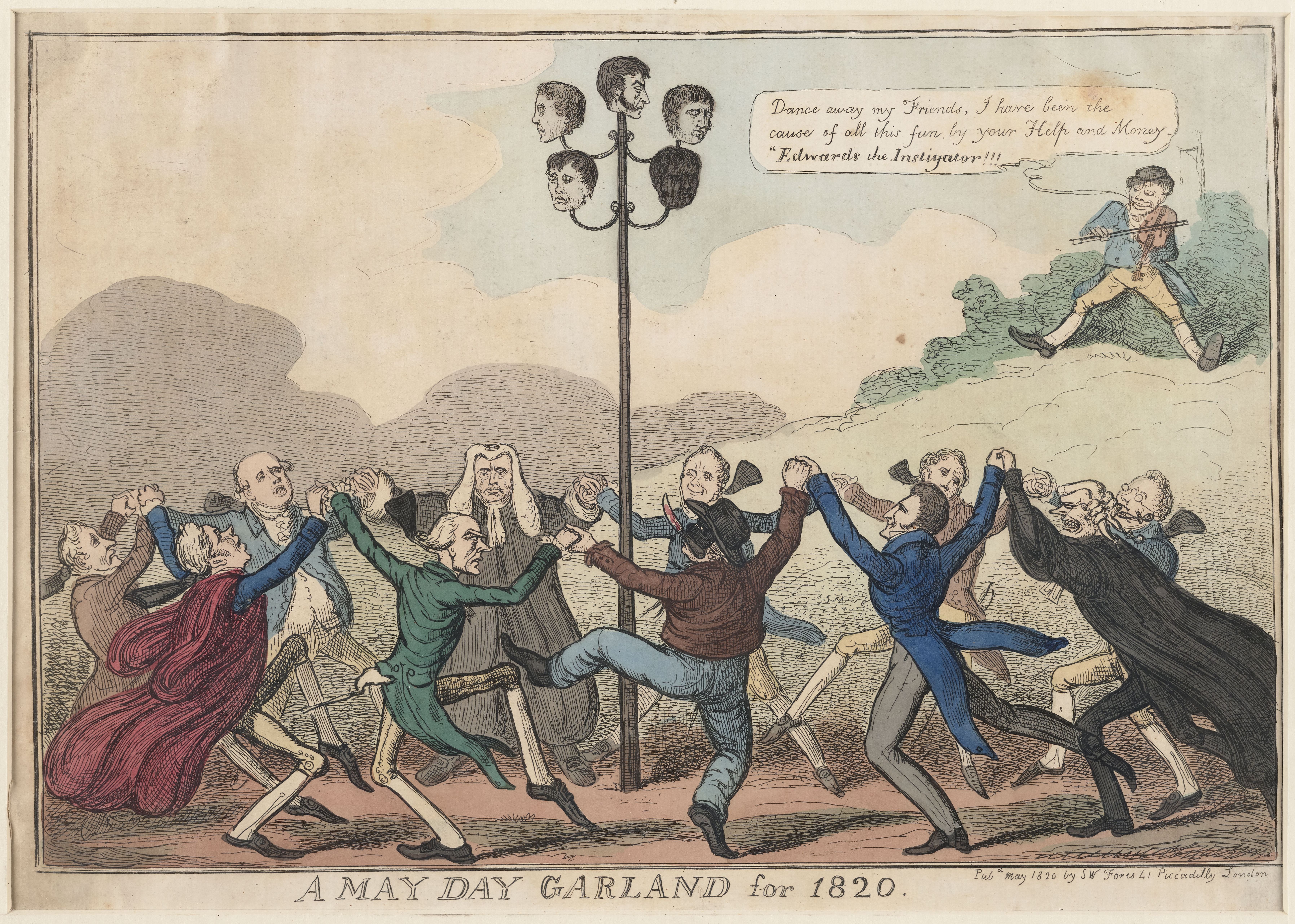
Our latest “Document of the Week” was chosen by our Senior Curator, Dr Mary Wills. Taken from our new primary source collection, Radicalism and Popular Protest in Georgian Britain, c. 1714–1832, it is a fascinating coded speech used as evidence against a group of London radicals accused of conspiracy in February 1820. This was a plot to assassinate the British Prime Minister, Lord Liverpool, and all of the Cabinet ministers, during their monthly dinner in London. The plot, named after Cato Street in London, where the conspirators met in a hay loft above a stable, was foiled by information fed to the police by a government spy.
The document consists of coded strips of paper, which when placed in the correct order formed a speech by the apothecary, Dr James Watson. This was to be addressed to those joining the cause against the government: “Brave Soldiers, the Tyrants are no more, make common cause with the people! Think of your fathers, mothers and friends! Be just to the miseries they have long endured! Be just to yourselves! Be brave and be free!!!”
The historian, Vic Gattrell, has called the conspiracy the “most sensational of all plots aimed at the state” since the Gunpowder Plot of 1605. The conspirators were a small group of British craftsmen and reformers who hoped to spark a revolution. They identified as Spencean Philanthropists, taking their name from the British radical speaker, Thomas Spence. Some, including their leader, Arthur Thistlewood, had been involved with the large reform meetings at Spa Fields in London in 1816, where reformers called for universal male suffrage and the secret ballot.
These were turbulent years in Georgian Britain. The end of the Napoleonic Wars against France in 1815 led to economic depression; King George III’s death in 1820 created political instability. The conspirators, like other reformers of the period, were angered by the government’s so-called “Six Acts”, a series of repressive laws passed in 1819, and the Peterloo Massacre in Manchester that same year, when unarmed attendees of a reform rally were killed or injured by local cavalry.
The Cato Street plot ended with betrayal, arrest, and trial. One of the group, the modelmaker George Edwards, was a government spy. The notes by “G E” which accompany the speech and give directions on how to read the code likely refer to Edwards.
Our new collection also includes an image of three pike heads that is contained in Treasury Solicitor papers at The National Archives (UK). It was also used in evidence against the group. The pikes were, it was alleged, to be used to carry the heads of government ministers through London streets to signal the beginnings of British revolution.

Thirteen of the Cato Street conspirators were arrested for high treason, and five were transported to Australia. Another five ringleaders, including Thistlewood, were publicly hanged and decapitated. Their spiked heads are depicted on top of a maypole in the print, A May Day Garland for 1820, by the satirist and publisher, Samuel William Fores. The political establishment are shown dancing triumphantly below while “Edwards the Instigator” looks on gleefully.
Such documents provide fascinating details illuminating London’s revolutionary tradition, and about the wider impact of radicalism and popular protest in Georgian Britain.

Where to find this document
This document features in BOA’s latest collection, Radicalism and Popular Protest in Georgian Britain, c. 1714–1832. It contains over 90,000 images, sourced from The National Archives (UK) and the Working Class Movement Library, relating to radicalism, riots, dissent, activism, and protest. Visit the collection page to learn more.
Further reading: Vic Gattrell, Conspiracy on Cato Street: A Tale of Liberty and Revolution in Regency London (Cambridge: Cambridge University Press, 2022).
